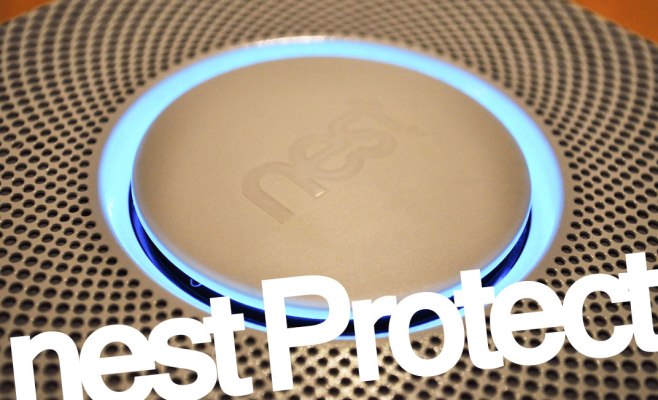Nest CEO Tony Fadell has just issued a notice recommending users disable the Protect smoke alarm’s ‘wave to dismiss’ feature. In testing, it was discovered that people could accidentally trigger the dismiss feature, delaying a smoke alarm.
Sales of the Nest Protect have also been halted.
He recommends that users disable the feature for now, and says Nest is going to update units that will allow the feature to work correctly. In addition, if your Nest Protect is connected to the Internet via Wi-Fi, it will have the feature disabled automatically.
Until the feature has been corrected, users can tap the button on the unit to silence alarms.
“At Nest, we conduct regular, rigorous tests to ensure that our products are the highest quality,” says Fadell. “During recent laboratory testing of the Nest Protect smoke alarm, we observed a unique combination of circumstances that caused us to question whether the Nest Wave (a feature that enables you to turn off your alarm with a wave of the hand) could be unintentionally activated.”
Fadell says that the testing will take two to three months, and that they will update consumers as they progress.
“We’re enormously sorry for the inconvenience caused by this issue,” he continues. “The team and I are dedicated to ensuring that we can stand behind each Nest product that comes into your home, and your 100% satisfaction and safety are what motivates us. Please know that the entire Nest team and I are focused on fixing this problem and continuing to improve our current products in every way possible.”
In a related FAQ, Nest says that it had observed the issue in testing and has had no reports of it from any customer. There are also instructions provided that will allow users to disable the feature even if the units are not connected to the net.
The post notes that if any consumers do not want to keep the Nest Protect, a complete refund will be offered. Somewhat ironically, the Nest Wave feature was promoted heavily as a benefit of owning a Protect unit.
On the plus side, because this is a device that has built-in software and connects to the net, it can be updated remotely to fix software-related issues. But recently, an issue with a Nest Thermostat software update caused problems with Wi-Fi and batteries in some units, highlighting the delicate nature of software that powers our environmental systems — and that we trust with our safety.
The Nest Protect was the company’s second product after the Nest Thermostat. Nest announced plans to be acquired by Google for $3.2 billion in cash in January.
